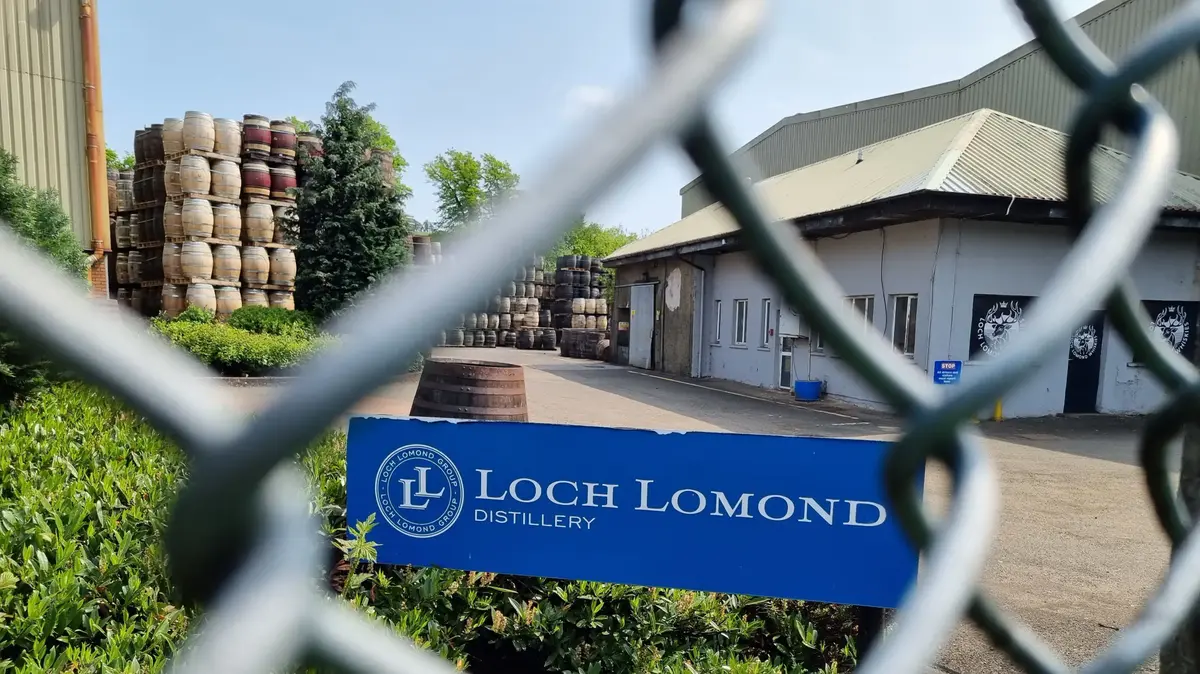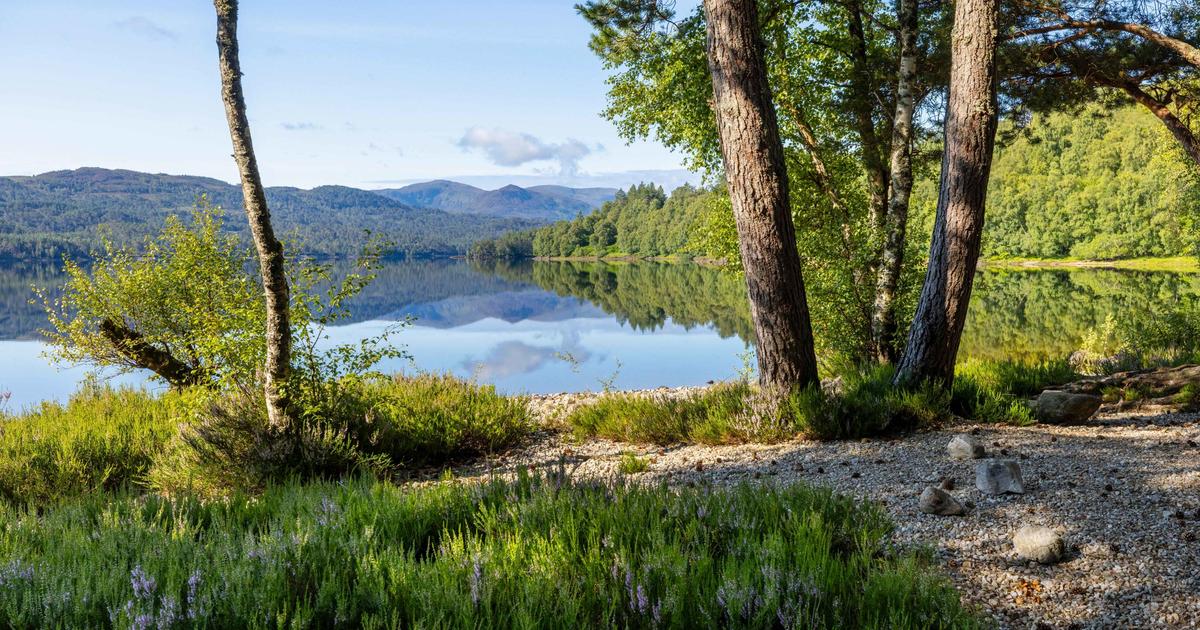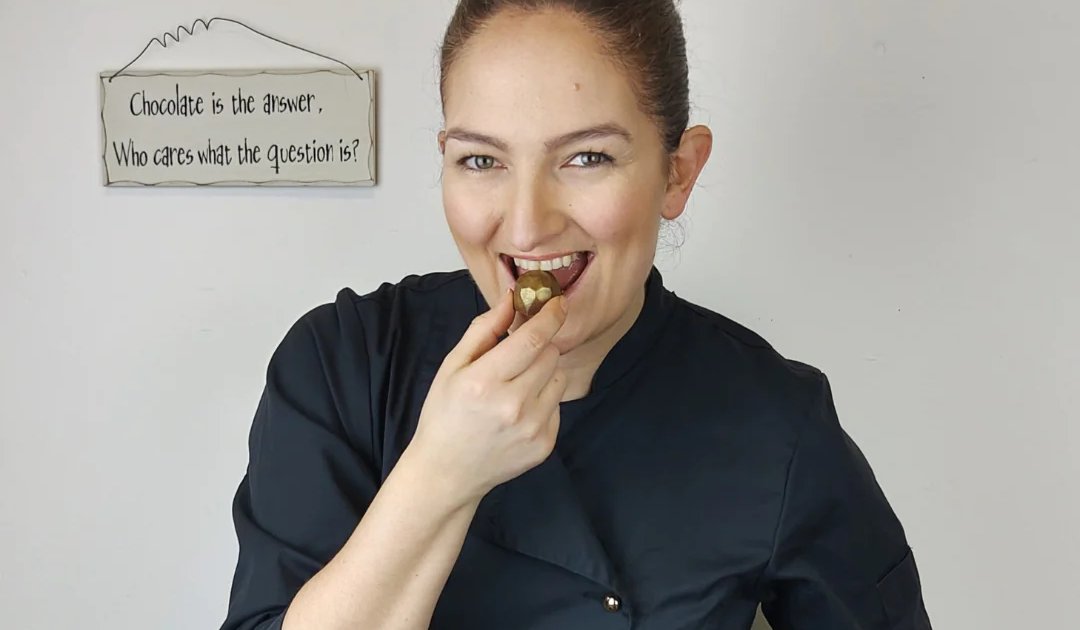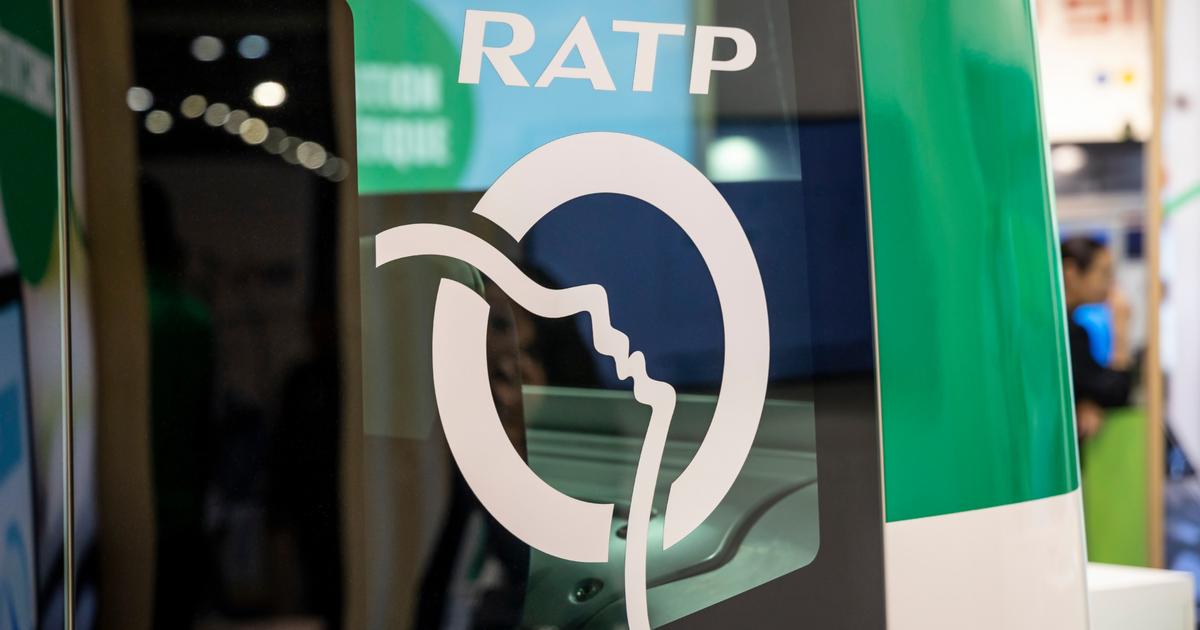If there is a paradise, it is beyond this fence. Loch Lomand Distillery in Scotland (Photo: Nir Kipnis)
If you're not a whiskey lover, or a fan of alcoholic drinks whatsoever, here's a short trailer:
It seems that since a person was aware of the fact that he had a head, he was looking for creative ways to forget about it a little. Us? You wouldn't believe it, but it started even earlier, with the apes, who discovered that the sugar in fruits that fell from the tree, rotted and fermented on the ground, is more readily available – and increases not only the food reserve, but also its nutritional value, far beyond what is found on the trees.
But a more challenging environment awaited them on the ground – and at least according to evolutionists, it was the pursuit of alcohol (not in the sense of grabbing heads, since naturally fermented fruits barely contain 2% alcohol) that hastened the descent of our ancestors from trees.
Since "wild" fermentation (i.e., without artificial addition of yeast) is a natural process that goes through everything that contains sugar: fruits, grains or honey, for example, ancient man consumed alcohol from nature, if you will - the ancient mother of beer consumption.
Archaeological evidence suggests theories that prehistoric archaeological sites (such as Stonehenge, for example) are strewn with small rock pools that were used to store grain with water, in order to produce a kind of beer for ritual purposes, and anyway - a few thousand years later, in the seam between the Fertile Crescent and Ancient Egypt, a human civilization developed in which beer was the currency that passed to its first merchant, accelerated the development of agriculture, writing, management of the state treasury and other elements that together constitute the cradle of human civilization, As we know it today.
Loch Lomond 14. Whiskey with meat (Photo: Walla!, Nir Kipnis)
Refineries
Fast forward a few thousand years to the encounter between the Muslims, who knew how to take the products of fermentation and refine them, but were prevented from drinking, limited their use to medicines and cosmetics, and the missionaries who tried to spread Christianity throughout the world. It was at these friction points that distilled alcohol became oil on the wheels of history.
Amazingly, even the name "alcohol" is a corruption of the Arabic expression al-kahal, because of the makeup produced from it (and not only in Arabic - also in Hebrew when referring to the thing itself, unpretended and without "makeup" they say "without blush and idle").
Be that as it may, the monks and missionaries who spread Christianity among the pagan peoples of Europe made miraculous use of the alcoholic distillate to spread their teachings. It is not for nothing that even the rich English language does not distinguish between spirit in the sense of spirit, and the same word as the name for an alcoholic distillate.
Now we will enter all this history a little more, this time into the western part of the British Isles, namely - Scotland and Ireland. These two peoples (who to this day quarrel over who invented whiskey, when at least the written evidence supports the Irish version, but don't say that in Scotland) distilled, like any other people, what they had in the fields (that's why they distilled grapes for Iraq in the eastern basin of the Mediterranean, in the western basin they distilled grapes into brandy, in northern European countries they distilled fruit into "schnapps" - and so on). Mainly cereals, with an emphasis on barley.
Whiskey in its early days was a coarse distillate, prepared quickly and consumed close to its production, providing the alcoholic effect, but devoid of any pretension to be complex, tasty, smooth or any of the qualities attributed to it today. The most elegant liquids of the time, produced in the early 19th century, were produced in the area of Cambeltown on the ocean coast, a town of about 28 registered distilleries, which distributed their products by sea, mainly for use throughout the British Isles, making the sleepy, remote town prosperous.
But then three things happened that anyone who has ever taken a basic marketing course on supply and demand should know: An Irish guy named Inas Coffey invented continuous distillation. I won't go into details, but I'll just say that for the first time it was possible to produce large quantities of distillate in industrial and rapid production, which connected alcohol production to the industrial age.
That is, it is possibleto increase supply. The Scots understood that continuous distillation of wheat and other grains could give them a basis for whiskey - and the whisky they had known up to that time, produced from barley of single malt, could be turned into a kind of "spice" - thus the Scottish blend was born.
So we understood the increase in supply. Now we will also talk aboutdistribution pipelines, an issue settled between the English crown and whisky producers. If they were forced to hide from the English customs and distill in temporary distilleries in remote areas, especially in the Highlands, then the regulation of production under licence allowed them to settle in more central locations, to specialize and develop – and no less important, to include among the distribution routes also the railroads on which Vizki's crates traveled to ports larger than those in the Campbelltown area.
So supply is there, legal distribution pipelines are there - butwhat about demand?Here nature comes to the aid of the Scots in the form of an aphid called a phylloxera. Microproduction nearly wiped out the vine yield in Europe, raising the demand for a replacement product.
To cut it short over the next 150 years, Scotch whisky production has grown so much that it has become Britain's fifth most important export, turning hundreds of billions annually and making names like Johnny Walker, J&B, Ballantynes, Dewards, Grants and others known worldwide.
Incredibly, this golden age of Scottish blend was a disaster for Campbelltown, the single malt capital of the whisky industry up to that time. Its distilleries were abandoned and abandoned.
More in Walla!
10 weeks and you will know how to swim and distance rowing! TI is committed to success!
In association with TI swim
Copper boiler distillation: the classic pot-shaped and its column has cutouts that allow better control of liquid flavors. Loch Lomond (Photo: Walla!, Nir Kipnis)
Golden Lake
Years passed, and in the sixties of the last century single malt slowly began to take its place as the elite unit of Scotch whisky, mainly thanks to the Glenfiddich brand, then Glenmorangie, Glenlivet and others joined the celebration (today McAllen is the largest producer of single malt) and in those very years the owners of a small distillery decided to move it from the small town where it was located, not far from Glasgow, To the lake with spectacular views, Loch Lomond (Loch in Scots - lake).
I've been to quite a few whiskey distilleries, but the tour of Loch Lomond, the fastest-growing whiskey brand in its sales, which entered the list of the top ten single malt manufacturers, is mesmerizing: from the pit into which huge trucks pour the grain, through the various stages of production, the classic copper boilers, which look like rounded pots alongside column-shaped boilers - and especially the approach that holds that the distilled liquid is the main thing and manipulation through the use of special barrels, It's just the spice (in short: because of the use of barrels that stored wines such as Spanish sherry, Portuguese port, new American barrels and more to spice up the whiskey and give it an extra flavor, some distilleries neglected the base fluid treatment and began an addiction to manipulation).
What this distillery also manages to produce is an excellent Valio for Money: at the first dinner, we sip Loch Lomond meats that have been aged for 14 years. I ask for the price - and when I translate it to less than 300 shekels, I get excellent value (there are of course cheaper versions).
Another advantage the distillery has is an internal barrel factory that produces all the barrels in which its whiskey is aged. Most barrels for the whiskey industry come from the United States, where – by law – the barrel can only be used once (I'd love to tell you that it has something to do with the vanilla, caramel and honey flavors from the young oak chalk, but - and this is perhaps the subject of another article: a strong barrel that took care of its workers is responsible for the installation that is today a cornerstone of the production of barban, American whiskey).
If I had to summarize my impressions of Loch Lomond whisky in one sentence, it would be: "Attentive to market tastes but not flattering to them." That is, whiskey is very accessible, but with an upright Scottish spine.
The next day we continue the journey, spectacular to the eyes but exhausting to the buttocks (nearly 4 hours by bus) to replace the stunning green landscape of Loch Lomond, with the equally stunning landscape of the Atlantic Ocean, in which the Campbelltown area is like a finger of upright land.
Glen Scotia in the town of Campbelltown. Like drinking from the well from which Scotch whisky first originated (Photo: Walla!, Nir Kipnis)
Pizza Test
A visit to Glen Scotia, one of the three active distilleries that revived Cambeltown as an area recognized by the Scottish Whisky Association as having its own unique characteristics (similar to, say, areas such as Isle of Islay, known for its smoked whiskey, the Highland or the Speyside, where most of Scotland's whisky distilleries are concentrated), is undoubtedly the pinnacle of this trip, which revealed areas of Scotland that I had not yet known on my previous whisky journeys (I have already counted).
To me, it is a natural continuation of a visit to Loch Lomond, where the common thread between them is dough. Yes, I've switched to culinary tropes, but there's an explanation: I really like pizzas that pride themselves on the quality of the dough and not on the toppings. You will want to eat with anchovies, you will want to eat with olives, but when the dough is good - the pizza is good.
That is, using fresh tomatoes, good mozzarella and quality toppings is important, but there is nothing like fine dough, the base of any pizza, whether you like it thick or thin, to bring its fame far and wide. The same goes for whiskey—I respect endings (aging second in a barrel that once contained another liquid) to give whiskey a characteristic flavor, but the basic truth lies in the liquid itself — and that line of thought wanders from a large distillery like Loch Lomond to its elite little sister, Glen Scotia.
Charlie MacLean, the world-famous whiskey expert (right) and Ian McAllister, Master Distiller and CEO of Glen Scotia Distillery (Photo: Walla!, Nir Kipnis)
Advanced Scotland
The day after we arrive at the distillery, a festival dedicated entirely to whiskey will take place in Cumbertown, which is why local talent is recruited for the task: it starts with musicians who, along with Glenn Scotia, developed music that combines the sounds of squeaky barrels, the pounding of hammers, the sound of ocean waves and more - to the talent that excites me the most, Charlie MacLean.
MacLean is an expert, journalist and whiskey writer who became a legend in his life and who starred as himself in the charming film "The Role of Angels", about three characters from the fringes of Scottish society who team up to steal the world's most expensive whiskey.
I really like Glenn Scotia's products, especially the series called "Victoriana" in tribute to the Queen who flourished whiskey production in Campbelltown, but tasting them with Mr. McLean is kind of like a football fan playing stanga with Lionel Messi.
In between, I also remember to work, that is, to return from the culinary furrow to the furrow that produces an article for a channel titled "Money" and talks with importers of Loch Lomond whisky (that's what not only the distillery is called, but also the conglomerate that owns Glen Scotia) to countries such as Sweden, Germany and France, about the special character of this whiskey consumer - how is it different, for example, from a blend consumer like Johnny Walker, For all its colours and shades (personally, I love green) or a single malt more familiar than Loch Lomond or Glen Scatoya, such as McAllen or Glenmorangie.
Together we manage to distill (sorry, yes?) his character. This is a consumer of quiet brands, not one who will look to peck at his neighbors with a luxury branded car, but one who will seek appreciative looks from drivers who "understand", only by the growl of the engine, what is really good - and not just what is "considered" by others.
In other words, if you've just started your journey along the whisky routes, fly to Aberdeen and drive from there to the Speyside, where you can get to know as many well-known distilleries as possible for the same terrain, but if you want something special, fly to Galzago, continue from there to Loch Lomond and from there to the Campbelltown area, to understand what Scotch whisky really is. Scotland for advanced.
- money
- World money
Tags
- Scotland
- whiskey
- whiskey














